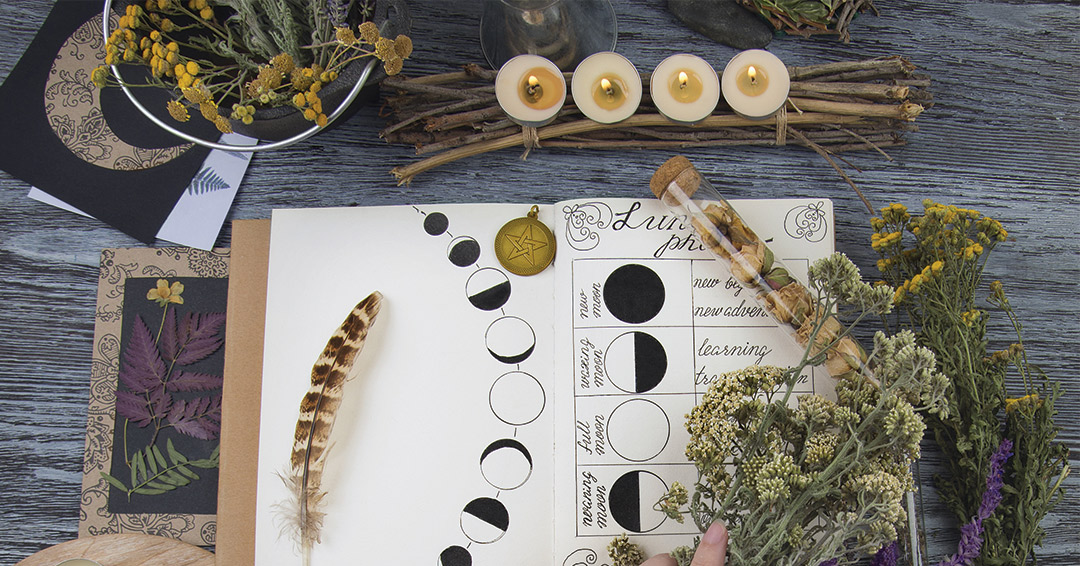





| Color of the day: Gold
Incense of the day: Clove Easter is the most important of the Christian holidays. It is the feast of the resurrection of Christ, whose crucifixion and death are now remembered on Good Friday. On Easter, Christ is said to return to life after his death. That the celebration of Christ'whtriumph over death should come at a time when prechristian peoples were celebrating the seasonal triumph of light over dark, and life over death, is more than coincidental. Easter's connection with the Vernal Equinox is demonstrated by how the date of the holiday is determined. That is, the date of Easter is always on the first Sunday after the first Full Moon following the Vernal Equinox. Also, the name of the holiday is taken from the Germanic equinox festival called Ostara, named after their goddess of spring. The rabbits and eggs associated with Easter are prechristian symbols of fertility and rebirth. Easter also has an obvious connection with the Jewish holiday Passover. The "Last Supper" at which Christ predicted his crucifixion was a Passover feast. At this feast he linked his body with the unleavened bread and his blood with the cup of wine. Further, he took the role of the Passover lamb, whose sacrifice was necessary to save his people. Passover itself was a fusion of two preexisting spring rituals, the spring sacrifice practiced by the nomadic shepherds, and the feast of the unleavened bread practiced by the Canaanite farmers. Easter, then, is a good time to meditate on the underlying connectedness of all religions and customs. When looked at in this light, all religions are one. |

© This page is for the enjoyment of visitors to Llewellyn.com, and is the copyrighted intellectual property of Llewellyn Worldwide Ltd. You may post a link to this page, but no part of it may be used or reproduced without permission.